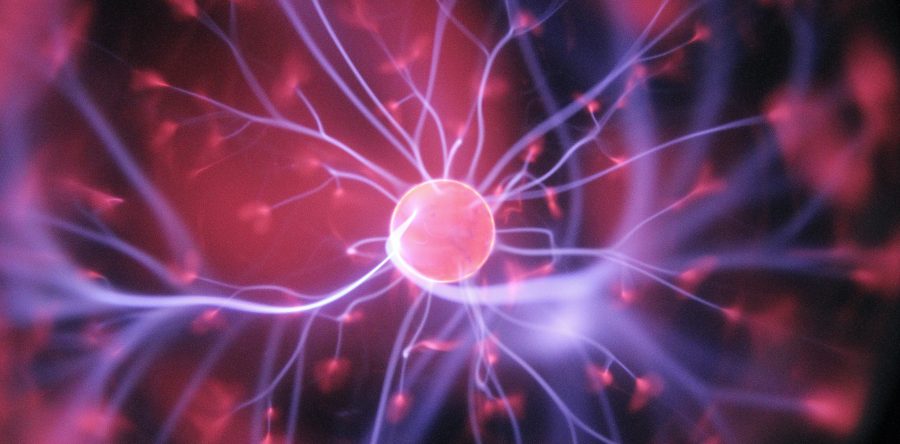The nuclear non-proliferation and security agendas seem intellectually immobile at a time when new challenges demand aggressive, non-traditional new thinking.
At the forefront of the new agenda is the increasing demonstration of climate change destructiveness at home and abroad and its intersection with the zero-carbon and steady electricity production attributes of next-generation nuclear power.
These issues need to be incorporated into a new, integrated policy envelope that balances traditional proliferation concerns with new climate realities resulting in enhanced global security.
The non-proliferation and security regimes were designed to manage the proliferation potential of traditional large nuclear plants and related facilities. These reactors are now at a 30-year low and their number is unlikely to rebound significantly.
The future increasingly looks to be smaller reactors and those with exotic fuel cycles. The next-gen advanced reactors are still largely at the beginning of their development process, but the proliferation and security agenda is becoming clear.
One of the most important non-proliferation red lines is uranium enrichment above 20% of the fissile isotope U-235. At the 20% level and above it is considered to be highly-enriched and at 90% enrichment and above it’s considered nuclear weapon grade.
A number of advanced nuclear reactor designs require a fuel that is from 5-20% enrichment (likely much closer to 20%) called HALEU or high-assay low-enriched uranium. The higher enrichment allows for a smaller reactor design and lengthier fuel use, but it raises eyebrows in the non-proliferation bunker.
According to the U.S. Department of Energy (DoE), the next-gen nuclear industry may need “nearly 600 metric tonnes of HALEU by 2030.” At the moment the U.S. does not produce HALEU, although it has a pilot project to demonstrate its production.
The non-proliferation and nuclear security concerns about HALEU are important and need to be assessed. But in the evolving global environment, these worries will need to be balanced against the necessity of achieving zero-carbon emissions in a few decades to stave off the worst impacts of climate change.
One example of the coming proliferation-climate tradeoff is embodied in the Natrium power production and storage system. This is a new partnership between Bill Gates’ TerraPower and GE Hitachi Nuclear Energy (GEH). The system is designed to support the deployment of renewable energy by storing energy and then releasing it for electric power production when renewable energy flags and power demand picks up.
The reactor at the center of the concept would run on HALEU. The Natrium system would store energy in molten salt. This storage concept is similar to that employed by concentrated solar power, but in this design the power production from the reactor is continuous, not intermittent as with renewables.
The potential value of this concept recently was illustrated when California was whacked with the overlapping catastrophes of a record-breaking heat wave, massive fires, and extreme smoke cover. That reduced solar energy output and contributed to electricity blackouts in America’s most populous and economically dynamic state.
It is not clear that California would welcome a proposal like Natrium, as it is on track to eliminate all existing nuclear power. But, in concept, it would reduce or eliminate the need for reliance on carbon producing natural gas as a backup to its renewable energy backbone. This hybrid renewable-nuclear solution also may have applicability for other countries, particularly those with developing economies, small electrical grids, and growing populations.
Of course, at the moment, advanced reactor systems are completely conceptual, and problems will arise. But DoE, supported by a rare bipartisan consensus in Congress, is pushing forward with an advanced reactor demonstration during the next decade.
Through that process, other brewing next-gen nuclear security controversies will emerge, including the potential reprocessing of spent fuel, deployment of small reactors in remote locations and dangerous regions, military use of microreactors, and the geopolitical value of nuclear exports. They will require new policy responses that will need to be generated by a multidisciplinary coalition, not a single issue silo.
It is now clear that continuing climate crises and nuclear proliferation concerns inevitably will cross over during the next decade.
The desperate demand for zero-carbon energy will drive the development and maturity of next-gen reactor technology. If proven operational, these reactors will require the intelligent modernization of existing nuclear security and non-proliferation guardrails. That is a process that can result in greater global security if the policy recognizes the demands of the climate-nuclear nexus.
Ken Luongo, President, Partnership for Global Security


